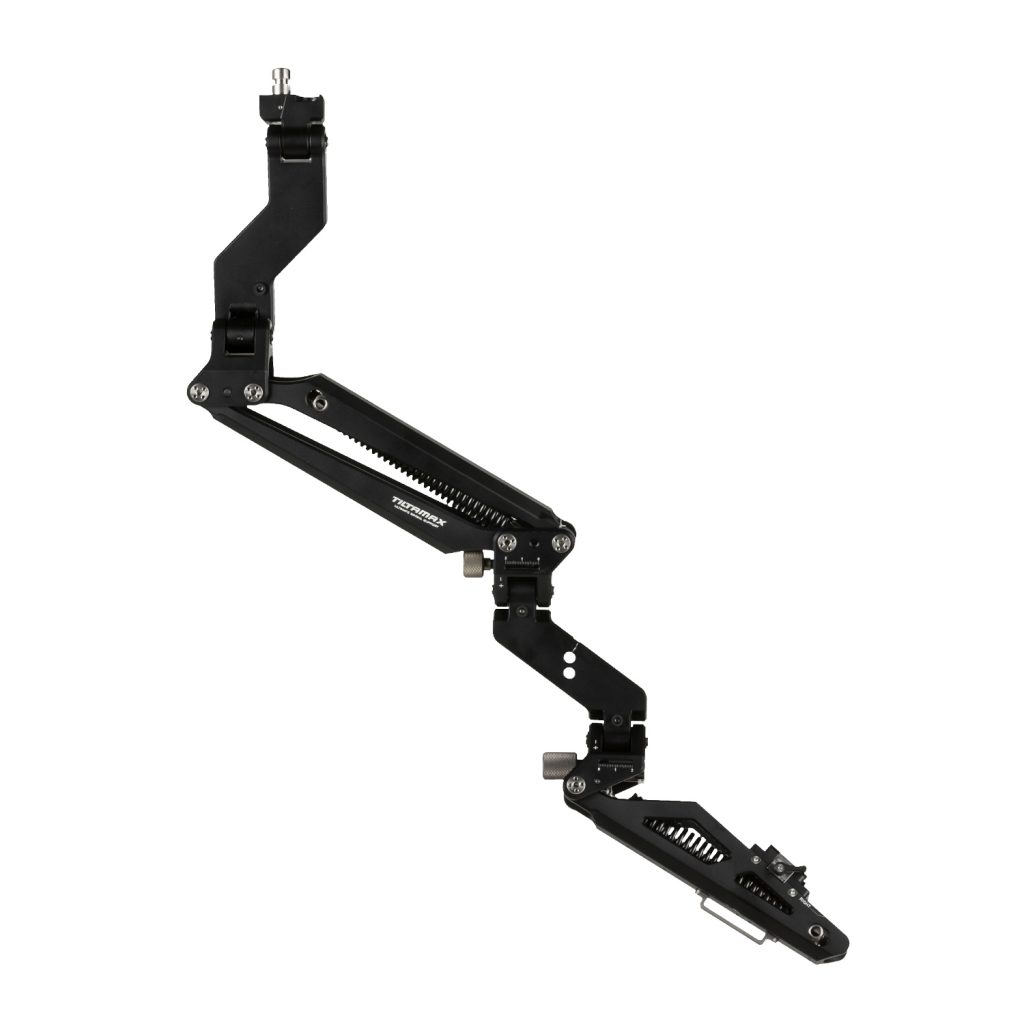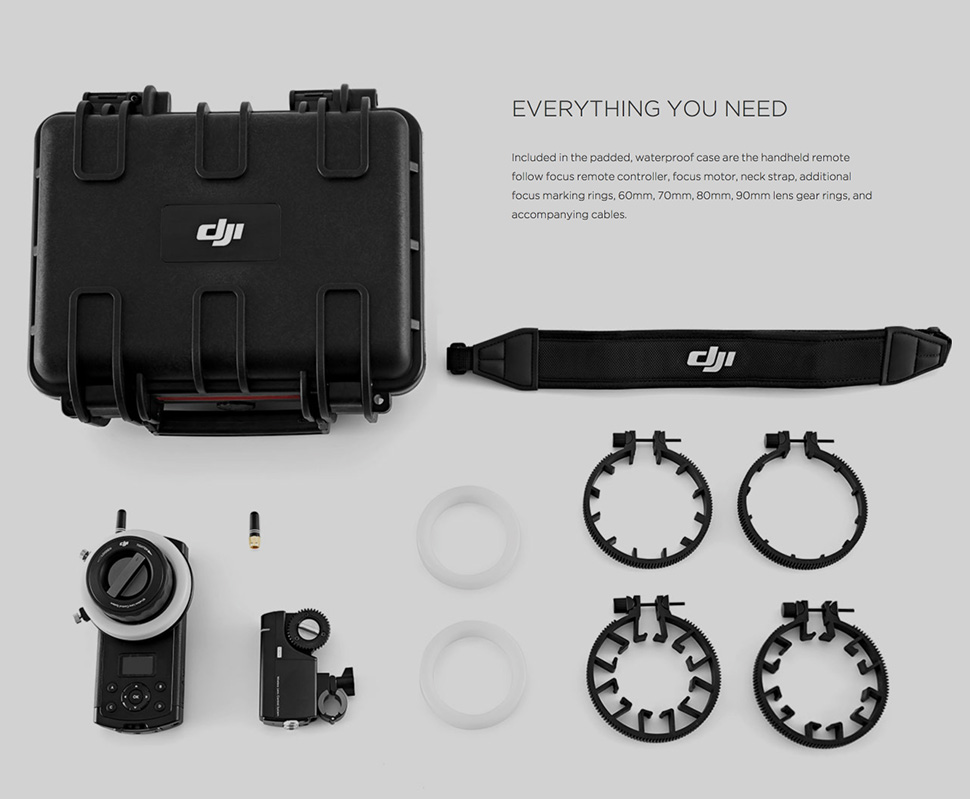


So that wasn’t an option either, and it made the selection process among the available systems even harder. Simply because it didn’t matter much if a large camera such as an Alexa would weigh a little bit more on a crane or not – reliability and reach were the manufacturers’ major concerns.Īnother big issue is powering these units on gimbals – usually they get their power via D-Tap from an Anton Bauer battery on a larger rig, but I wasn’t too keen on slapping a large heavy brick battery on my MoVi M10 (even less so on the MoVi M5). Be it C-Motion, Bartech or one of the many others – and their price point puts them clearly into rental equipment territory. In particular, two of the major requirements for any device attached to a gimbal are lightness and a small footprint.Īpart from their rather high price point, the majority of reliable remote follow focuses that have been on the market for years were not designed with a small form factor or low weight in mind. Many gimbal users like myself find themselves in the same contradictory situation: They need a remote focus system with many bells and whistles, yet have a limited budget. So I immediately started looking out for a proper remote follow focus system and it became clear quite quickly that this is quite a competitive field of our industry in the high-end sector, whereas the “owner-operator” remote follow focuses (in other words, less expensive ones) were clearly in the minority – and many options were far from ideal for my purpose.Īn inexpensive, small and lightweight remote focus system – impossible?

Shooting at f/16 for deep focus’ sake isn’t a whole lot of fun and obviously makes everything look less cinematic than it could be with a wider f-stop. I found myself in a tough spot when I invested in a MoVi M10 (and later M5) to use with my C300, a Red Epic and other cameras, because obviously what you are able to shoot is quite limited if you can’t maintain focus. MoVi M10 and the need for remote focusing Until recently however, it’s been quite tricky to find affordable systems that do what they are supposed to do properly – exactly because all the established systems were designed for camera systems with a totally different price point. And that’s exactly when the demand for such system increased massively. So suddenly there was this influx of less expensive camera systems with the digital cinema revolution that was unintentionally started with the Canon 5D Mark II and to a lesser degree even with the Red One before that. It’s the omnipresence of all these camera stabilizers, jibs, dollies and so on that has made them so necessary.īut not long ago, there was a caveat with buying a remote follow focusing device: it was (and to a degree still is) a segment of our industry where few high-end manufacturers produced solutions primarily targeted at traditional high-end camera systems – talking about film cameras, Arri Alexas and so on. The “normal way” of using a follow focus just isn’t feasible as it would negatively impact the shot.Īnd that’s exactly where remote follow focuses come in. However, smaller and moving cameras have made it much harder for focus pullers and operators to actually operate that camera when it’s in its contraption, no matter if it’s a jib, a gimble or something else. Surely, autofocus and innovative focusing technologies are getting better all the time, but it’s unlikely that they will be able to replace a human being who is pulling the focus as the action unfolds, anticipating movement and shifting the audience’s attention according to the director’s or director of photography’s vision.

#Movi pro wireless follow focus professional
The problem with all these gadgets is that while cameras have gotten smaller, the underlying principle of having to operate camera functions manually hasn’t really changed in the professional field. People realized the cameras could be put onto various different contraptions to get shots that were previously seen impossible – small jib arms, lightweight dollies, handheld stabilizers like Steadicams and Glidecams, and gimbals, which have become widespread only recently thanks to Freefly’s MoVi and the DJI Ronin, among many others.
#Movi pro wireless follow focus portable
Over the past decade or so, cameras have gotten a lot smaller and thereby more portable and flexible.


 0 kommentar(er)
0 kommentar(er)
